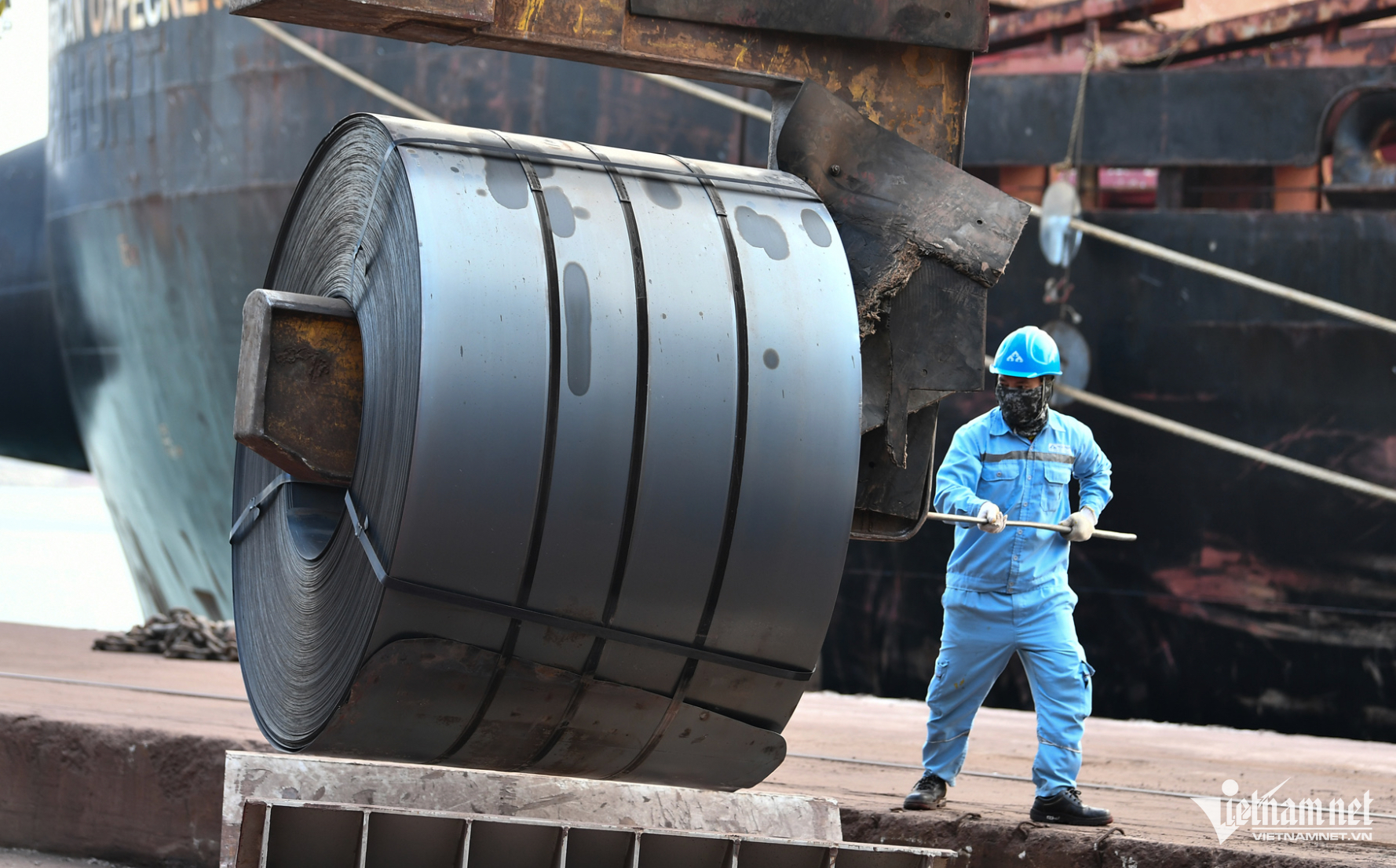
Thailand's Department of Foreign Trade (DFT), for example, has announced the imposition of anti-dumping duty of 30.91 percent on alloy hot rolled coil (HRC) imports from China.
DFT began conducting an anti-circumvention investigation on alloy HRC from 17 manufacturers in China on September 16, 2023. The investigation tried to discover whether manufacturers circumvented existing anti-dumping duties by adding alloy to HRC and imported it under different HS (harmonized system) codes.
According to the South East Asia Iron and Steel Institute (SEAISI), Thailand’s HRC output in 2022 reached 2.3 million tons, satisfying 40 percent of total demand (5.4 million tons), and the remaining demand is met with imports.
However, since 2021, Thailand has imposed anti-dumping duties on non-alloy HRC from 18 countries and territories. Of this, the anti-dumping duty on Chinese HRC is 30.91 percent.
Thailand is not alone. In recent years, when tariffs have been reduced, countries have often used trade remedies instead to protect their domestic production. Vietnam’s exports to the countries also bear such pressure.
According to the Department of Trade Remedies under the Ministry of Industry and Trade (MOIT), the European Community has received dossiers requesting to carry out investigations on anti-dumping measures against alloy and non-alloy HRC imports from Vietnam.
At a workshop on responding to trade remedies held on August 6 by the World Trade Organization Chair's Program Management Board Phase 3 at Hanoi Foreign Trade University, experts warned about the growing trend of trade remedies against imports which threaten domestic production.
Hoang Ngoc Thuan from the management board said anti-circumvention measures are most commonly applies, while the second trend is concurrent anti-dumping and anti-subsidy measures. The third tendency is raising lawsuits against many countries which deals with requirements on minimum volumes.
Once an export item faces a trade remedy investigation in a country, other countries may also apply similar trade remedies on the same products based on the successful lawsuits initiated by the first country.
In addition, some countries apply special measures. For example, since 2018, the US has cited Section 232 of the Trade Expansion Act, which allows the US President to impose import restrictions based on an investigation and affirmation by the Department of Commerce (Commerce) that certain imports threaten the US national security.
“Since then, the US has applied this regulation on some kinds of products, imposing two-digit duties,” Thuan said.
To Thai Ninh from the Department of Trade Remedies said one of the major benefits that trade remedies can bring is helping re-establish a healthy and fair competitive market. Anti-dumping and anti-subsidy measures prevent dumping and subsidies by export countries when selling products to Vietnam.
The subsidies allow some products to be more competitive compared with domestically made products. Thanks to subsidies, enterprises of export countries can sell products at low prices, thus causing a negative impact on Vietnam’s domestic production.
“If we apply trade remedies, we can prevent unhealthy competition. Trade remedies have helped increase the state budget collections by VND1.5-2 trillion from anti-dumping and anti-subsidy duties each year,” he said.
Businesses must be prepared
Le Sy Giang, CEO of GH Consults (GHC), said trade remedies reflect competition among manufacturers of different countries, and once a 'war' occurs in a market like Vietnam, Vietnamese businesses need to be prepared and take full advantage of the legal tool to protect themselves.
He said that following an anti-dumping lawsuit is not a simple case. Collecting data for lawsuits is not the job of one enterprise but this needs the cooperation of many enterprises in the same industries, and this takes time.
“The data must be honest, standardized to fit forms, and must be delivered prior to the deadlines,” he said.
Manh Ha